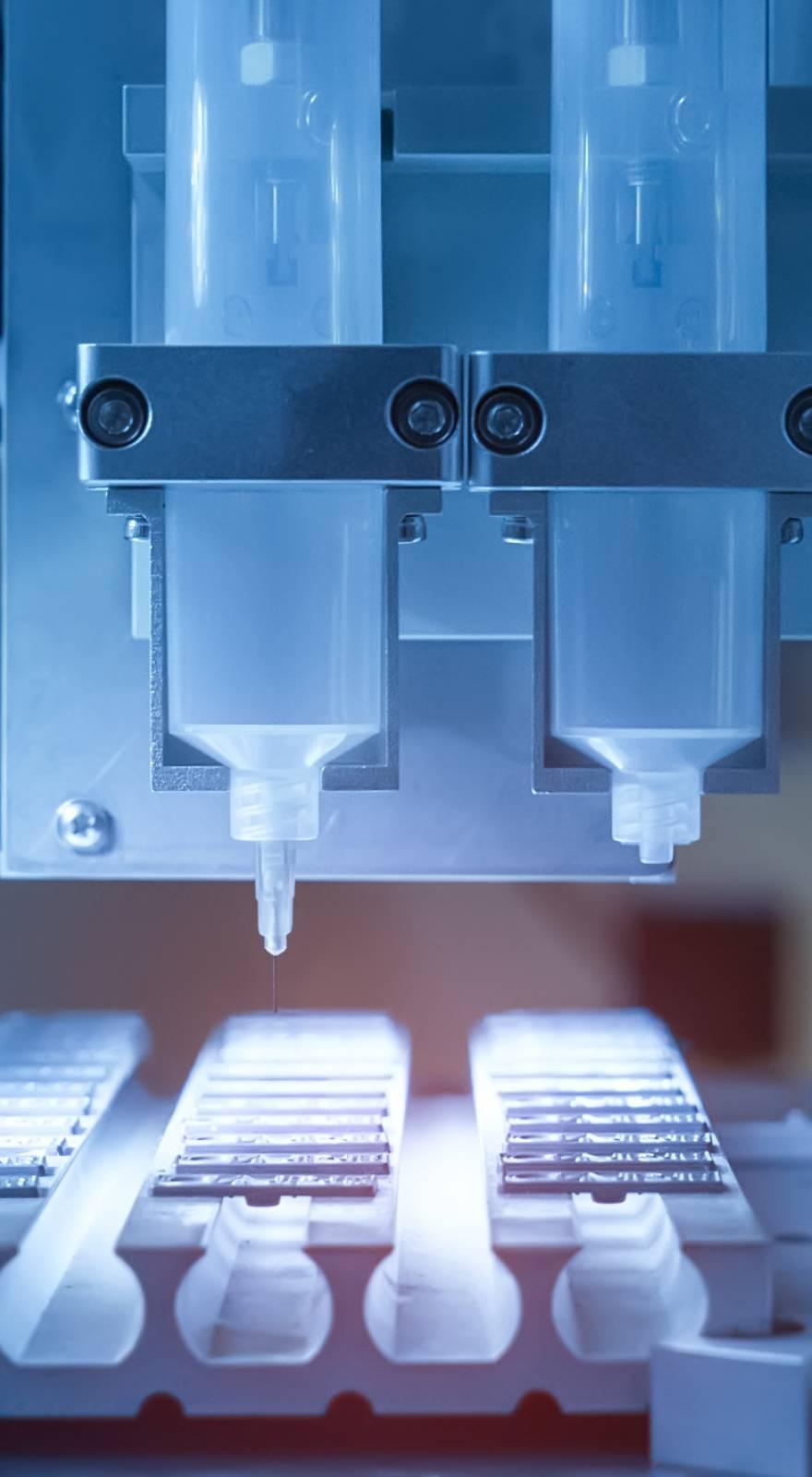Knowde Enhanced TDS
Identification & Functionality
- Product Type
- Technologies
- Product Families
Features & Benefits
- Ready-to-Use Product Features
- Features & Benefits
- Weatherproofing – can withstand changes in climate; resists water and other environmental elements
- Chemical Resistant – is not affected by oil, gasoline, alcohol and most solvents
- Abrasion Resistant – maintains bond strength even on objects subject to wear
- Fast dry time – creates a strong, secure bond quickly
Applications & Uses
- Compatible Substrates & Surfaces
- Where To Use / Applications
- Repair distributor caps, interior panels, radiators, gaskets and more!
- Maintain golf club grips, fletching arrows, fishing rod tips and guides, tents, canoes and more!
- Repair china, porcelain, fiberglass, figurines, linoleum, furniture, knobs and drawers, screens, gutters and much more.
- Chemicals That Have Little Or No Effect On Seal-all
- Acetic acid (5% and 10%)
- Ammonium hydroxide (3.4%)
- Ammonium nitrate (50%)
- Antifreeze
- Beer (3.2% alcohol by volume)
- Boric acid (3.1%)
- Distilled water
- Hydraulic oil
- Lactic acid (3.8%)
- Milk (fresh, tested at 40 °F)
- Motor oil (30w)
- Nitric acid (10% and 20%)
- Oxalic acid (3.1%)
- Phosphoric acid (30% and 60% as P2O5)
- Potassium hydroxide (3.4%)
- Sodium carbonates (2.7%)
- Sodium chloride (10%)
- Sulfuric acid (3% and 10%)
- Wine (20% alcohol by volume)
SEAL-ALL exhibits excellent resistance to water, dilute acids and dilute bases. Thin films of Seal-All were immersed in various chemicals for two weeks and exhibited weight gains of less than 2% and tensile strength loss of less than 10%. These chemicals are listed on the left. All percentages are given by weight unless otherwise noted.
- Solvents That Dissolve Seal-all
- Acetone
- Chevron solvent 1100
- Chlorothane NU
- Cyclohexane
- Methyl Ethyl Ketone
- Methylene chloride
- Perchloroethylene
- Propyl acetate
- 1, 1, 1-Trichloroethane
These are common solvents that dissolve SEAL-ALL when hardened samples were immersed. The dissolution with these solvents was not instantaneous and therefore does not preclude usage in all cases. Applications were an occasional splash or brief exposure is expected may be acceptable. Test a small area before full use.
- Directions And Application Notes
Puncture seal in neck of tube using pointer cap; hold tube upright until ready to use. Read directions and test small area before use.
Step 1 USE AS A CONTACT ADHESIVE: Spread coating on each surface to be joined together. Allow to cure 1-2 minutes before mating surfaces. Seal-All hardens by solvent evaporation and forms an immediate bond that is difficult to reposition after both adhesive coated surfaces are placed in contact and sufficient pressure is exerted to create full contact between both surfaces.
Step 2 USE AS A SEALANT: Apply directly to clean, dry surface; hold firmly until product sets. Additional coats may be applied; allow each layer to dry thoroughly. On leaking objects under pressure, apply tape (non-silicone/porous) over hole. Apply Seal-All over tape.
Step 3 DRY TIME: 2-3 min. (set); 2-6 hrs. (full cure).
Step 4 TEMPERATURE RANGE: -40 to 150 °F (-40 to 66 °C).
Step 5 UV RESISTANCE: Paint over for maximum resistance.
Step 6 CHEMICAL RESISTANCE: Resistant to gasoline, alcohol, paint thinner and most solvents.
Step 7 WATER RESISTANCE: Immediately upon application.
May damage finished surfaces. Avoid such contact until completely cured. Not recommended for use on polystyrene, polyethylene, polypropylene, Styrofoam™, or paper products; and any items that come into contact with food, drinking water or animals.
Properties
- Typical Properties
| Value | Units | Test Method / Conditions | |
| Chemical Resistance | Excellent to water, dilute bases | — | — |
| Density | 7.86 | lbs/gal | — |
| Elongation | 25.0 | % | ASTM D-412 |
| Flammable | Yes | — | — |
| Freeze/Thaw Stability | Stable, allow product to warm to room temperature before using | — | — |
| Full Cure Time | 2 - 3 (3 - 6) | hrs | — |
| Hardness | 90.0 | Shore A | — |
| Paint-Over Time | 8.0 | hrs | — |
| Service Temperature | -40 to 150 (-40 to 66) | — | — |
| Solids | 35 (24.3) | % | — |
| Solvent | Methyl Ethyl Ketone (MEK) and Acetone | — | — |
| Storage | 50 - 80 (10 - 27) | °F (°C) | — |
| Tack Time | 2 - 3 | mins | — |
| Tensile Strength | 7250.0 | lb/in2 | ASTM D-412 |
| UV Resistance | None, paint-over for UV resistance | — | — |
| Viscosity (By Weight, By Volume) | 3000.0 | cps | — |
| VOC | 410.0 | grams/liter | — |
Regulatory & Compliance
- Certifications & Compliance
Safety & Health
- Health And Safety
This product contains MEK (Methyl Ethyl Ketone) and Acetone. Before working with this product, read and become familiar with information concerning hazards, proper use and handling.
Storage & Handling
- Shelf Life
- 2 year
- Storage
Ideal temperature range: 50 to 80 °F (10 and 27 °C). Product may thicken when stored in colder temperatures but will not freeze. If product thickens from colder temperatures, warm to room temperature before use.

